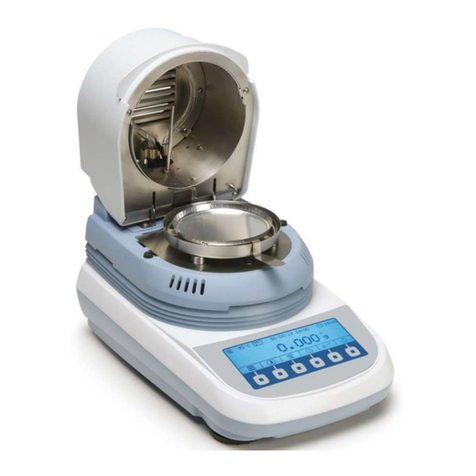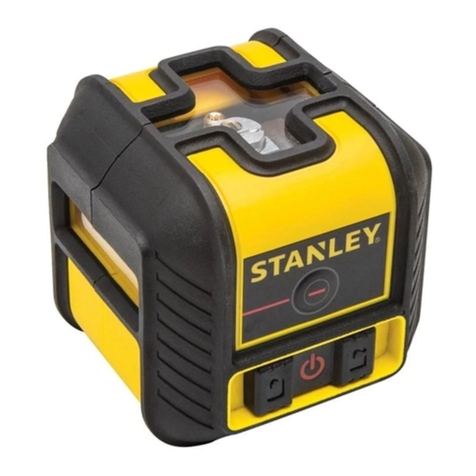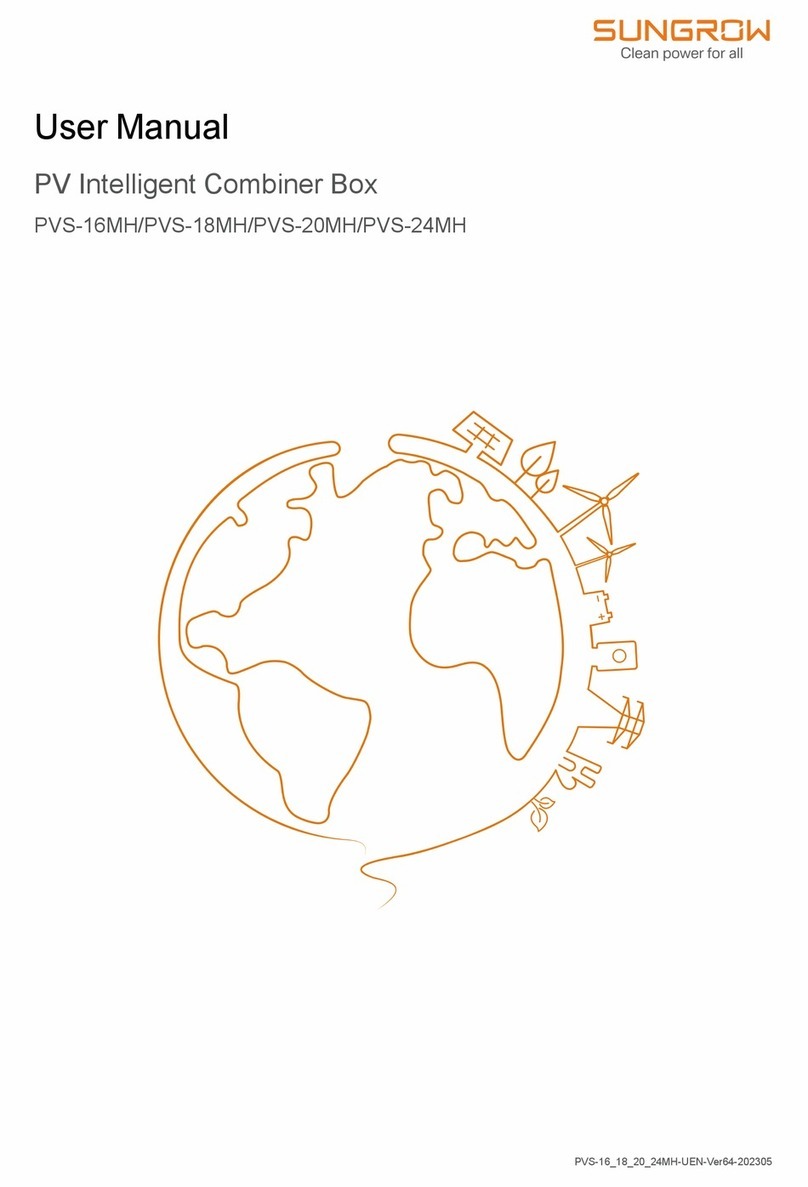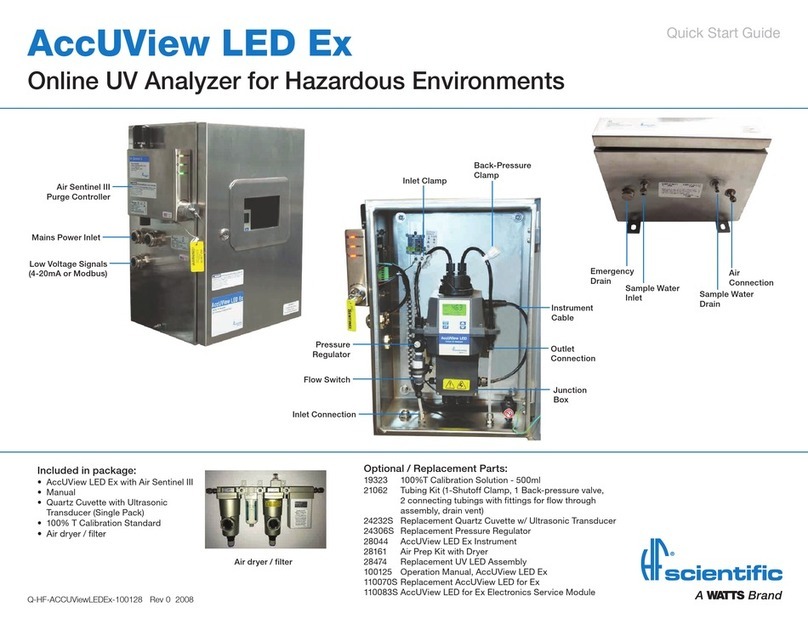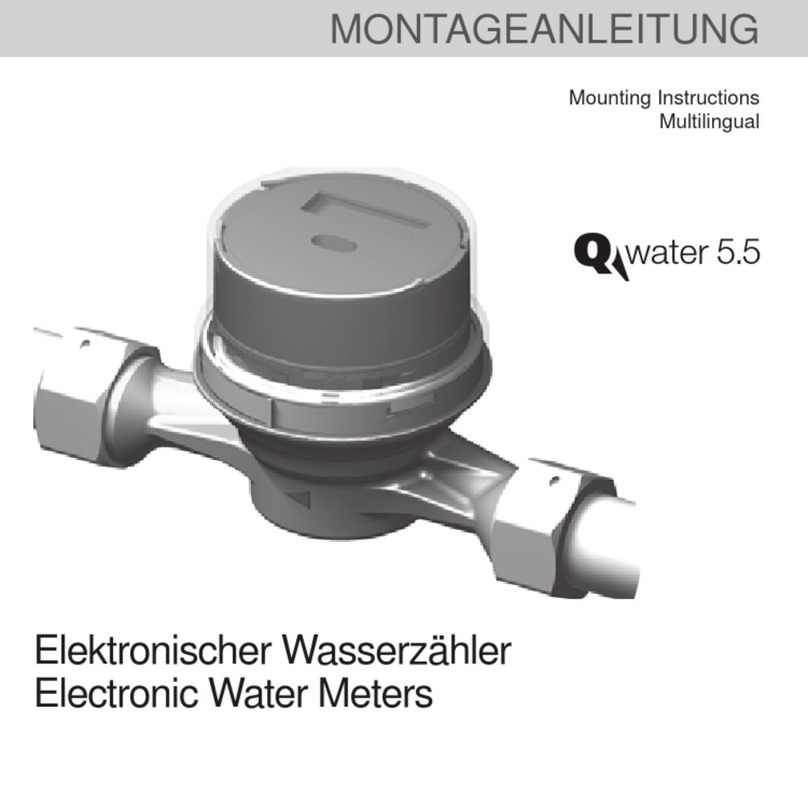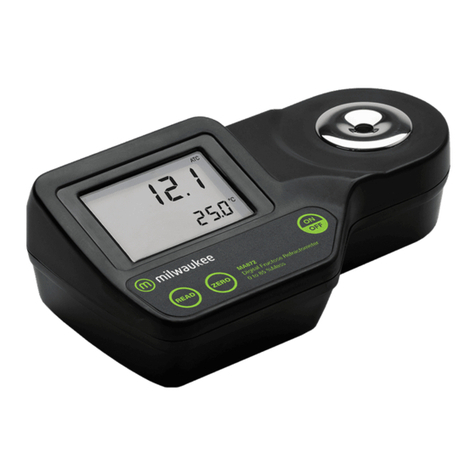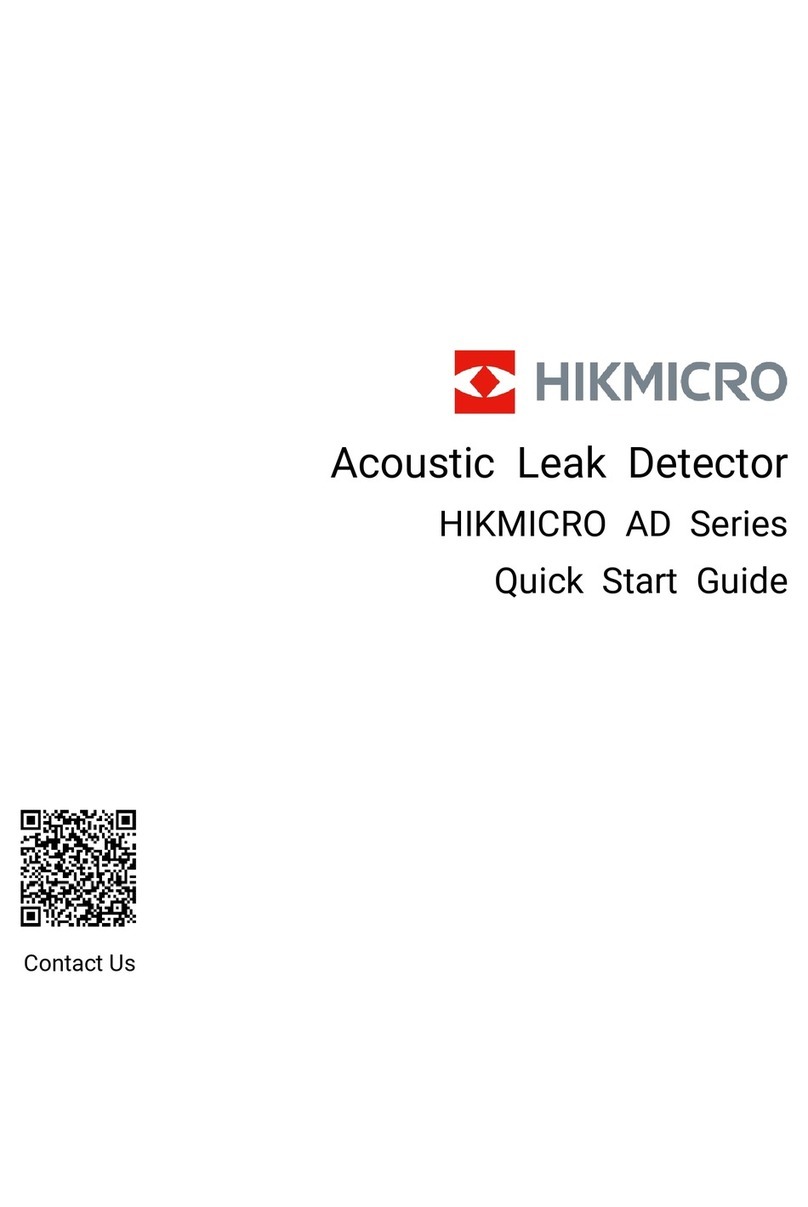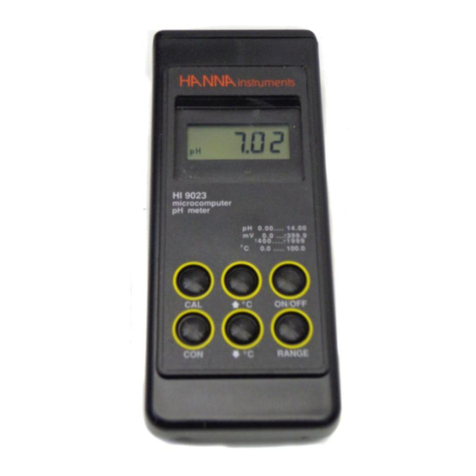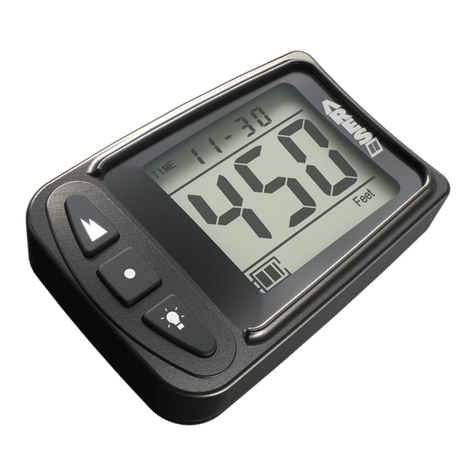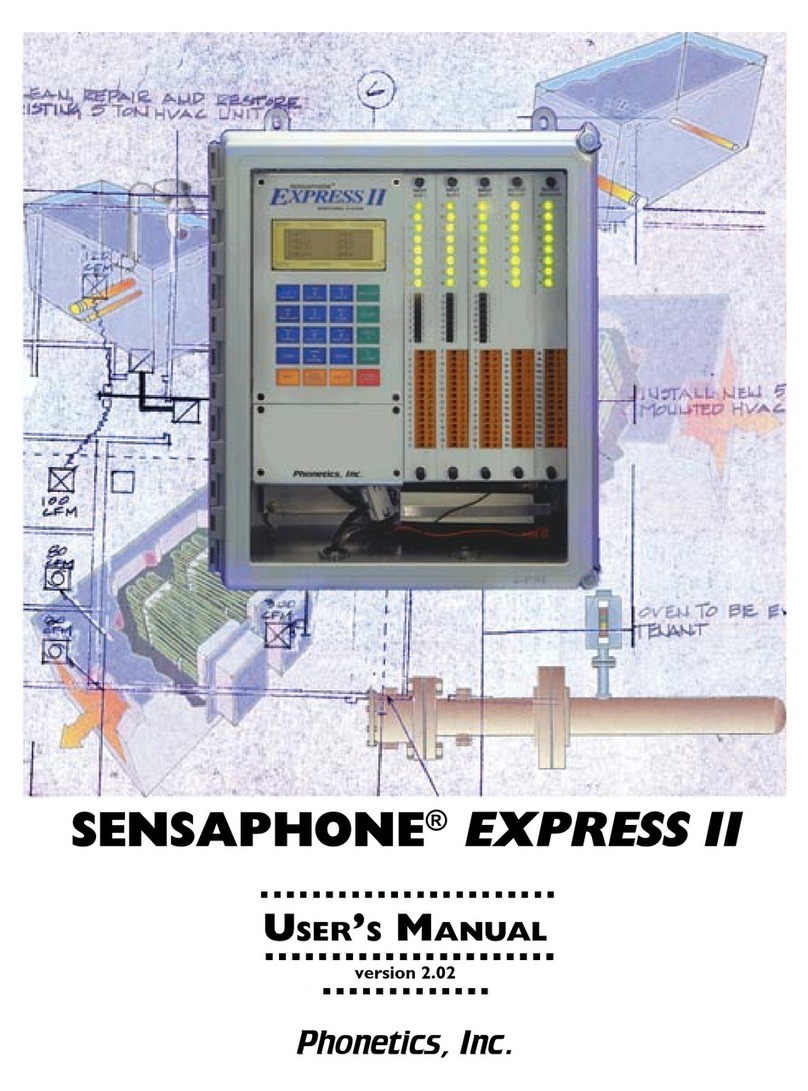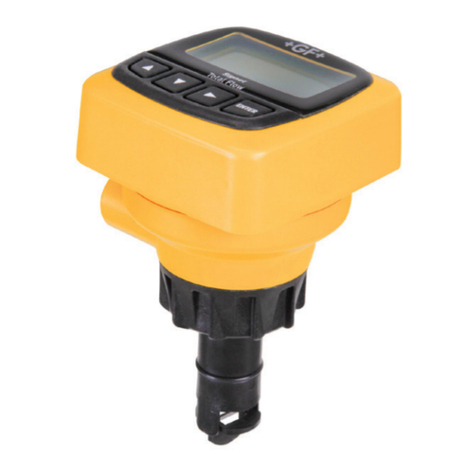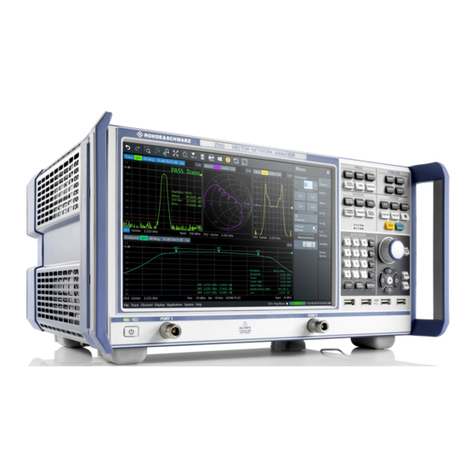BEL Engineering i-Thermo G User manual

MAN_B_iGThermo_EN_BPgTh_1_00_Rev1.docx Created on 19/04/19
User manual
i-Thermo 163MG, 64MG and i-Thermo 62LG, 163LG
Revision of the software BPgTh_1_00

1
TABLE OF CONTENTS
1SAFETY INSTRUCTIONS AND WARNINGS............................................................................2
2INSTALLATION...............................................................................................................................3
2.1 PACKAGE CONTENTS....................................................................................................................3
2.2 POSITIONING OF THE DEVICE.........................................................................................................4
2.3 START-UP......................................................................................................................................5
4STANDBY OFF FUNCTION.........................................................................................................10
5SIMPLE WEIGHTING AND SETTINGS FOR FIRST USE...................................................11
5.1 LANGUAGE SELECTION ...............................................................................................................12
5.2 SETTING DATE-TIME ..................................................................................................................12
5.3 PREFERENCES:BACKLIGHT AND CONTRAST...............................................................................13
5.4 SETTING THE WEIGHING PARAMETERS........................................................................................14
5.5 CALIBRATION AND CALIBRATION MODE SETTING ......................................................................16
5.6 DISPLAY AND PRINT OF THE SCALE CALIBRATION DATA............................................................17
5.7 DEVICE SETTINGS .......................................................................................................................18
6MAIN MENU....................................................................................................................................20
6.1 1-HEATER SETUP.......................................................................................................................20
6.2 GLP SETUP .................................................................................................................................22
6.3 HEATER CALIBRATION DATA.....................................................................................................23
6.4 SCALE CALIBRATION...................................................................................................................23
6.5 TEMPERATURE TEST....................................................................................................................23
6.6 HEATER CALIBRATION................................................................................................................24
7MOISTURE DETERMINATION.................................................................................................25
7.1 TEMPERATURE SETTING..............................................................................................................25
7.2 SETTING THE DRYING END METHOD............................................................................................25
7.3 START OF THE ANALYSIS.............................................................................................................27
7.4 FEATURES AVAILABLE DURING AND AT THE END OF THE DRYING CYCLE..................................29
8SERIAL INTERFACE CONNECTIONS ....................................................................................32
9TECHNICAL FEATURES.............................................................................................................32
10 TIPS FOR THE DETERMINATION OF THE HUMIDITY CONTENT OF THE
SUBSTANCES..........................................................................................................................................33
10.1 PREPARING THE SAMPLE.............................................................................................................33
10.2 TYPES OF SAMPLES .....................................................................................................................33
10.3 AMOUNT OF SUBSTANCE AND DURATION OF THE DRYING CYCLE..............................................34
11 CARE AND MAINTENANCE ......................................................................................................34
12 TROUBLESHOOTING..................................................................................................................35
13 REPLACING ELECTRICAL FUSES..........................................................................................35
14 WARRANTY....................................................................................................................................36
15 STORAGE CONDITIONS.............................................................................................................36
16 DISPOSAL........................................................................................................................................36

2
1 Safety instructions and warnings
WARNING:
Please read these installation and operating instructions carefully before starting
your work with the new scale. Any use of the device other than that specified in
this manual no longer guarantees the safety of the product. Keep the instruction
manual carefully.
Intended use
The iThermo moisture analyzer is used for the fast and precise analysis of liquid, pasty and
solid material moisture based on the thermogravimetric method.
Observe the following instructions for safe and trouble-free operation of the moisture
analyzer:
▪Use the moisture analyzer exclusively for the determination of sample
moisture. Any improper use of the appliance may endanger the safety of
persons and cause damage to the device or other objects.
▪Do not use the device in areas where there is a risk of explosion; also operate
the device only in compliance with the environmental conditions listed in this
instruction manual.
▪Do not use the device for chemically hazardous substances, toxic substances
that can cause biohazard, explosive flammables or substances that release
aggressive vapors when heated.
▪If electrical equipment is used in systems and in environmental conditions that
require greater safety measures, comply with the provisions of the directives
for the installation of this material in force in your country.
▪The device must only be used by qualified personnel who know the
properties/characteristics of the sample used.
▪Before operating the device for the first time, check whether the supply voltage
corresponds to the mains voltage.
▪To disconnect the device from the mains voltage, disconnect the power cord.
▪Lay the power cable in such a way as to avoid contact with very hot surfaces
of the device.
▪Use only extension cables that comply with the regulations and have a
protective conductor with a minimum operating temperature of at least 70°C.
Warning: protection against heat
▪Observe the following distance and the free space around the device to avoid
heat accumulation in the device and overheating of the device:
- 20 cm around the device
- 1 m above the device
▪Do not place flammable materials on, under or near the device as the heating
element overheats the surrounding area.
▪Remove the samples carefully, as the heating element and the sample-holder
plates may still be very hot. To avoid burns with parts of the high-temperature
oven, use thermally insulated gloves or pliers.

3
2 Installation
Gently remove the device from the packaging, check that the device has no visible damage
caused by transport and that there are all the accessories listed below.
2.1 Package Contents
1 Moisture determination tool.
2 VDE power cable
3 15-pole M/F cable for connection of the scale/heater
4 Underplate
5 Sample-holder plate extractor
6 Tray with antiventilation cylinder
7 #10 sample plates
8 CD with instruction manual

4
2.2 Positioning of the device
The device was manufactured in such a way that reliable weighing results are obtained under
normal operating conditions. The choice of the correct placement of the device is therefore
important to ensure optimal and precise operation.
To choose the place where to install the device, the following criteria must be met:
Do not install the scale in environments where there are
drafts, strong temperature changes.
Avoid exposure to extreme temperatures, as well as
temperature changes that occur, for example, if the device
is placed in radiators or in places exposed to sunlight.
Do not place the device near explosive and flammable
materials.
Place the device on a stable and level surface.
Avoid shaking during weighing.
The humidity of the environment of use of the scale must
be between 40% and 70%.
Do not expose the device to prolonged intense humidity.
Unwanted condensation on the device can occur when it is
cold and is placed in a room with a higher temperature. In
this case the device must be disconnected from the mains
and acclimated to the ambient temperature for about two
hours.
Level the device by adjusting the special feet 2 on the front
and one on the back of the device. The level bubble is
located at the rear of the heater.
Adjustable feet

5
2.3 Start-up
All the operations to be performed to prepare the device for the first start-up are described
below.
Open the oven lid and place:
1. Tray with antiventilation cylinder
2. Place the flat sample holder tray extractor
3. Place the star-shaped item on the weighing
cone.
The scale is connected to the heater via a 15-pole M/F
cable.
Insert the cable into the two connectors on the back
of the device as shown in the figure.
Insert the VDE cable supplied into the power
connector on the back of the device.
N.B. Check that the power supply shown on the
label of the device corresponds to the one in use
in the Country where you are installing the device.
Then connect the VDE cable to the socket located
near the device. Do not use cables/extensions that do
not comply with current regulations.
1
2
3

6
Wait 30 minutes after switching on and calibrate the
device after leveling it.
Perform device calibration whenever it is moved to
another location.
It is recommended not to drop objects of excessive
weight on the weighing plate of the scale to avoid
damaging it.
The assistance service must be performed by
specialized personnel and the spare parts used must
be original. To do this, contact the retailer where the
device was purchased.

8
3 Keyboard and display
The device is equipped with a backlit graphic display and a keyboard with six function keys.
The function of the keys varies according to the operations to be performed, and is
indicated in the part above the key in the lower area of the display.
Key bar available on simple weighing screens.
Reset/tare operation activation key.
Device standby mode key.
Drying mode setting key.
Drying temperature setting key.
Start cycle analysis key.
Simple Key Press to access the main
menu.
Long press of the key (2 sec.) to access
the scale setup menu

9
Available key bar during the drying cycle.
Key to cancel the drying cycle in
progress.
Key for interrupting the drying cycle.
Touching this key stops the drying
cycle.
Key for displaying the parameters set for
drying.
Key for selecting the parameter to be
displayed, in rotation:
➢% M Moisture
➢% R Dry residue
➢% A Other (Ratio between initial
weight and final weight expressed in
%)
➢g Weight
Key bar available at the end of the drying
cycle.
Exit key from the drying function
Key for activating/deactivating and
modifying GLP parameters.
Key for selecting the end-of-drying
parameter to be displayed, in rotation:
➢% M Moisture
➢% R Dry residue
➢% A Other (Ratio between initial
weight and final weight expressed in
%)
➢g Weight
Key to print the result.
Parameter display key used for the
drying cycle.

10
4 Standby off function
After inserting the power cable into the mains socket, the device will turn on automatically and
after performing the system test it will be positioned on the standby screen.
Press the key corresponding to the power
symbol to start the device.
The device will be initialized and will
display the weighing screen.
To return to the standby status, press the
key again
Shutdown
To completely switch off the device,
remove the plug from the mains socket.

11
5 Simple weighting and settings for first use
After connecting the power supply, the software version and the model of the device will
appear on the display.
The device will now be in the standby state, so press the key to switch on the device and then
display the weighing screen.
In the weighing screen, the value of the weight
loaded on the weighing plate is displayed in the
central area.
Press the key to set a new zero point and
reset all the tare values.
Place the material to be weighed on the scale and
wait for the stability symbol to light up before
detecting the value.
Also, during use in simple weighing mode, on the
display in the upper part besides the date and
time, the information relating to the settings of the
drying cycle is displayed:
▪xxx °C: in the weight display, it
indicates the value of the temperature set for
the drying cycle, while, during the drying cycle,
it indicates the current temperature of the
heater.
N: B: below the 35°C temperature value is not
displayed.
▪o : Indication of the oven
heating mode, respectively: fast or standard.
▪: Indication of the analysis
determination method: automatic or timed.
▪: Key for starting the drying cycle.

12
5.1 Language selection
The tool can be set to display information in 6 different languages.
•Italian
•German
•French
•Spanish
•Portuguese
•English
Press and hold the menu key for 2 seconds.
Use the arrow keys to move up and down
in the menu and go to section 3 - Language.
Confirm the selection with the key .
Then select the desired language using the keys
to move up and down.
Confirm the selection with the key .
Press the key to exit without changing the
language.
5.2 Setting Date-Time
Press and hold the menu key for 2 seconds.
Press the key to exit without
changing the value.
Use the arrow keys to move up and
down in the menu and go to section 2 - Time
and Date.
Confirm the selection with the key .
Select the desired date format, dd/mm or
mm/dd, using the "+ and -" keys.
Press the key to move on to adjust the
next parameter and always use the "+ and -"
keys to change the value.
Once the new values have been set, confirm
with the key .

13
5.3 Preferences: backlight and contrast.
You can set, according to your needs, the contrast and the backlight of the device display.
Press and hold the menu key for 2 seconds.
Use the arrow keys to move up and
down in the menu and go to section 4 -
Backlight.
Confirm the selection with the key .
Select the mode with backlighting enabled "On"
or disabled "Off" using the up and down arrows.
Confirm the selection with the key .
Press the key to exit without changing
the setting.
Use the arrow keys to move up and
down in the menu and go to section 5 - Contrast
Adjustment.
Confirm the selection with the key .
Select the desired contrast level using the "+ and
-" keys.
The range of contrast adjustment is from 0 to 15.
Confirm the selection with the key .
Press the key to exit without changing
the value.

14
5.4 Setting the weighing parameters
For a correct use of the scale, you can set the right settings of the weighing parameters
according to the environment of use.
This section describes the parameters of autozero, filter, stability and unit of measurement of
the weighing.
Press and hold the menu key for 2 seconds
Use the arrow keys to move up and
down in the menu and go to section 7 -
Autozero.
▪Autozero: automatic zero correction
constantly adjusts the value of zero. These
possible variations can be due for example to
the dirt that can be deposited on the plate.
You can deactivate this function by selecting
the "Off" mode. Level 1 is the one with the
lowest correction until you reach level 3E that
is the maximum correction.
Select the desired level and confirm with the key
.
Press the key to exit without changing
the value.
Use the arrow keys to move up and down in the
menu and go to section 8 - Filter.
▪Filter2: the filter function makes it possible to
speed up or slow down the response of the
scale according to the weighing requirements
and environmental conditions. Selecting level
1, the response will be immediate but the
scale will remain more sensitive to
environmental disturbances such as
ventilation and vibrations. Increasing the level,
the response will be slower and the indication
more stable
➢Level 1: dosage conditions
➢Level 2: stable conditions
➢Level 3: unstable conditions
Select the desired level and confirm with the key
.

15
Use the arrow keys to move up and
down in the menu and go to section 9 - Stability.
▪Stability: this function allows you to adapt the
scale to the environmental working conditions.
When using the device in a virtually vibration-
free environment, select level 0. The default
level is 2. Use level 3 for very noisy
environments.
➢Level 1: For poorly stable
environments.
➢Level 2: For unstable environments.
➢Level 3: For highly unstable
environments.
Select the desired level and confirm with the key
.

16
5.5 Calibration and calibration mode setting
The electronic scale makes mass measurements using gravity (g). Different geographical
regions and differences in altitude correspond to different values of gravity acceleration (g).
Therefore, to obtain accurate measurements, the scale must be adapted to the place of use
and to the environmental conditions. This adjustment is made via the calibration function.
Press the menu key to access the main menu.
Use the arrow keys to move up and
down in the menu and go to section
5 –Calibration of the scale.
Then confirm the selection with the key .
Before performing the calibration procedure,
check that the plate is empty.
You can calibrate the scale using the default
weight. Or through automatic weight recognition.
Use the arrows to switch from one
mode to another.
Then confirm the selection with the key .
Default weight method:
By selecting the default calibration mode when
the calibration command is given, the required
weight will be the factory default one whose value
will vary according to the scale model.
After confirming, the calibration procedure will be
activated.
Load the required calibration weight or press the
key to cancel the calibration procedure.
Wait for the weight to be acquired.
If the operation is successful, the weighing
screen will be displayed with the value of the
calibrated weight.
Then remove the weight from the plate.

17
External choice
By selecting the "external choice" calibration
mode, you can calibrate the scale with a different
weight than the default one.
After confirming, the calibration procedure will be
activated.
Load on the plate a weight equal to or greater
than the default calibration weight, so the scale
will recognize as valid a weight equal to or
greater than the calibration weight as long as it is
a full value weight with respect to the most
significant figure of the default calibration weight.
Example: if the calibration weight is 20g, you can
calibrate the scale with values ranging from 20g,
40g, 60g up to the upper limit of scale capacity.
Load the weight or press the key to
cancel the calibration procedure.
Wait for the weight to be acquired.
If the operation is successful, the weighing
screen will be displayed with the value of the
calibrated weight.
Remove the weight from the plate.
5.6 Display and print of the scale calibration data.
This section describes how to view and print the calibration data.
Press the menu key to access the main menu.
Use the keys to move up and down in the menu
and go to section
3 –Scale Cal. Data.
Then confirm the selection with the key .
Calibration Data: in the calibration data screen,
you can check the date on which the last
calibration was performed, the mode in which it
was performed, the value of the weight used and
the correction made with respect to the previous
calibration. Press the key to print the
displayed data.
Press the key to exit.

18
5.7 Device Settings
This section describes the functionalities and the relative settings of the RS232 serial output
with which the device is equipped.
Press and hold the menu key for 2 seconds.
Use the arrow keys to move up and
down in the menu and go to section
1 –Serial output.
Then confirm the selection with the key .
You access to the following menu:
1 - Print Interval
2 - Printer
3 - Baud rate
4 - GLP On/Off
Use the arrows to switch from one
setting to another.
Then confirm the selection with the key .
1 –Print Interval: this function allows you to
define the print interval.
➢Off, print interval disabled.
➢End Measure, automatic printing of test
results at the end of the analysis.
➢In Time, print the analysis data during the
test at a set interval. (The settable time
interval ranges from 5sec. to 250sec. with
1sec. steps).

19
2 –Printer: this function allows you to select the
device connected to the serial output.
➢Generic print: print on command, by
pressing the key
For general purpose serial print.
➢Tlp50: command printing, pressing the key
for Tlp50 printer model
3 –Baud rate: parameter for selecting the
transmission speed of the serial port.
The selectable speeds are the following:
➢1200 Baud.
➢2400 Baud.
➢4800 Baud.
➢9600 Baud.
1 –GLP On/Off: function that allows you to
activate or deactivate the printing of g.l.p. data
prior entry by the user.
➢On : print of g.l.p. data enabled.
➢On : print of g.l.p. data disabled.
For information entry and g.l.p. database
management, see the next chapter.

20
6 Main menu
This section describes all the functions available for the analysis of the moisture content of the
substances and the parameter settings relating to the operating mode of the heater.
Press the menu button .
From the main menu, you can act on the
parameters:
1 - Heater setup
2 - GLP Setup
3 - Scale calibration data
4 - Heater calibration data
5 - Scale calibration
6 - Temperature Test
7 - Heater calibration
Use the arrow keys to switch from one
setting to another.
Then confirm the selection with the key .
6.1 1 - Heater setup
this function allows you to set the following
parameters:
▪Temperature profile.
▪Warm up.
▪Startup mode.
▪Delayed start.
▪Stability test.
1 - Temperature profile allows you to set the
heating mode for the drying cycle. Select the
heating mode and temperature according to
the substance to be analyzed.
For all heating modes, the temperature values
that can be set range from a minimum of 35°C
to a maximum of 160°C.
➢Standard this mode is pre-set at the
factory and is suitable for most samples. In
this case, after start-up the temperature is
increased with a factory-set speed until the
set value is reached and then kept fixed
until the end of the measurement
Table of contents
Other BEL Engineering Measuring Instrument manuals
